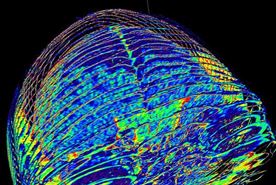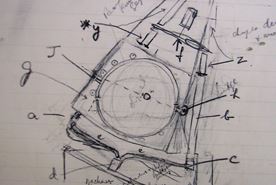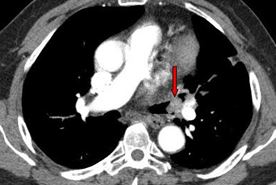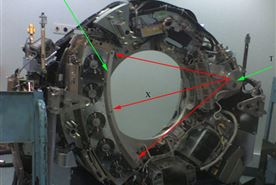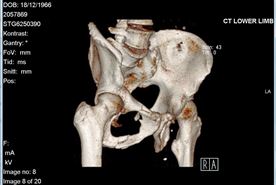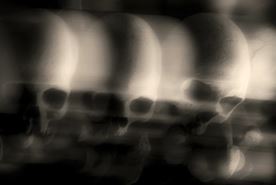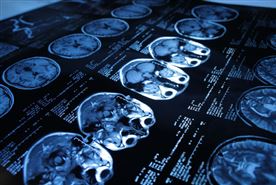YOLA 09A: The CT Scanner - p1
Adverb
when something first happened or began
originally
The computed tomography scanner, or CT scanner, was originally designed to provide cross-sectional images of the brain. The word tomography comes from the Greek word tomos, meaning "section," and graphia, meaning "picture."
The computed tomography scanner, or CT scanner, was originally designed to provide cross-sectional images of the brain. The word tomography comes from the Greek word tomos, meaning "section," and graphia, meaning "picture."
Noun
something that is not usual, expected, or normal
abnormalities
Within four years of this development, CT scans, also called CAT scans (computed axial tomography), were restructured, allowing technicians to scan the entire body for evidence of tumours, injuries, and other abnormalities.
Within four years of this development, CT scans, also called CAT scans (computed axial tomography), were restructured, allowing technicians to scan the entire body for evidence of tumours, injuries, and other abnormalities.
Noun
a change in something that makes it no longer true or accurate
distortion
Creating a scanner that could produce images at a faster rate was crucial in the development of tomography, as it reduced the degree of distortion in an image caused when patients breathed and moved.
Creating a scanner that could produce images at a faster rate was crucial in the development of tomography, as it reduced the degree of distortion in an image caused when patients breathed and moved.
Noun
the ability of a device to show an image clearly and with a lot of detail
resolution
As well as providing images with better resolution, today's scanners also provide more comfort for the patient.
As well as providing images with better resolution, today's scanners also provide more comfort for the patient.
